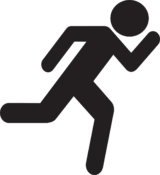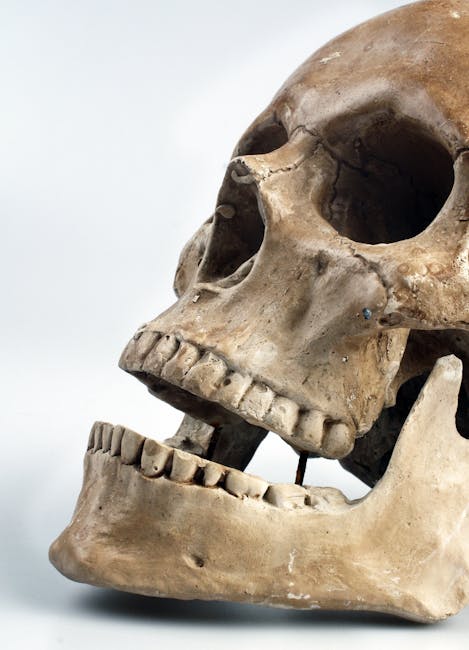What Happens During a Doctor’s Visit for a Head Injury? 🤕
Head injuries can be alarming and stressful, both for the person injured and their loved ones. Whether it’s a bump on the head or something more serious, knowing what to expect during a doctor’s visit can help ease some of that anxiety. In this blog post, we’ll walk through the typical process of a medical evaluation for a head injury. Let’s dive in!
Table of Contents
1. Introduction
2. Initial Assessment 🩺
3. Diagnostic Tests 🧠
4. Treatment Options 💊
5. Follow-Up Care 📞
6. Conclusion
7. FAQ
Introduction
A head injury can happen in the blink of an eye, whether it’s from a fall, a sports mishap, or an accident. Understanding what happens during a doctor’s visit can prepare you for the steps and decisions ahead. Let’s explore each part of the process, from the initial assessment to potential follow-up care.
Initial Assessment 🩺
When you first visit the doctor for a head injury, the initial assessment is crucial. The healthcare provider will:
✅ Ask about the injury: How did it happen, when, and what symptoms have you noticed?
✅ Check vital signs: Blood pressure, heart rate, and temperature will be measured.
✅ Perform a neurological exam: This may include checking pupil response, reflexes, and coordination.
✅ Evaluate symptoms: Common symptoms like headaches, dizziness, or confusion will be assessed.
Diagnostic Tests 🧠
Depending on the severity of the injury, the doctor might recommend further tests:
🧪 CT Scan: A quick and effective imaging test to detect brain injuries.
🧪 MRI: Used for more detailed images if the CT scan is inconclusive.
🧪 X-rays: These may be done to check for skull fractures.
Treatment Options 💊
Once the diagnosis is clear, treatment plans can vary:
💊 Rest and Medication: For mild injuries, rest and over-the-counter pain relievers might be recommended.
💊 Observation: Hospital observation may be necessary if symptoms are severe or worsening.
💊 Surgery: In rare cases, surgery might be needed to relieve pressure on the brain.
Follow-Up Care 📞
Recovery doesn’t end at the doctor’s office. Follow-up care is essential:
📞 Regular Check-Ups: Ensure the injury is healing properly and no new symptoms arise.
📞 Rehabilitation: Physical therapy or cognitive therapy might be needed for complete recovery.
📞 Home Care Instructions: Following doctor’s orders on activity levels and medication is vital.
Conclusion
Head injuries require careful attention and appropriate medical care. By understanding what happens during a doctor’s visit, you can be better prepared to support yourself or a loved one through the recovery process. Remember, when in doubt, it’s always best to consult a healthcare professional.
FAQ
Q1: How do I know if a head injury is serious?
A1: Look for symptoms like loss of consciousness, persistent headache, vomiting, or confusion. If in doubt, seek medical attention immediately.
Q2: Can I treat a head injury at home?
A2: Minor bumps can be treated at home with rest and ice. However, any moderate to severe symptoms should be evaluated by a doctor.
Q3: How long does it take to recover from a head injury?
A3: Recovery depends on the severity of the injury. Minor injuries may heal in a few days, while severe injuries can take weeks or months.
Q4: Is it safe to sleep after a head injury?
A4: It’s generally safe, but wake the person every few hours to ensure they are responsive and symptoms aren’t worsening, especially in the first 24 hours.
Q5: What should I do if my symptoms worsen after a head injury?
A5: Seek medical attention immediately if symptoms like headache, dizziness, or confusion worsen.

